Steve MarlinUpdated:
Category:
BJJ.
Open guard in BJJ is when you’re on your back or seated, using your legs and arms to control your opponent without locking your ankles around their waist.
Unlike closed guard, where your legs are tightly wrapped, open guard gives you freedom to move, attack, and defend. It’s like playing a game of chess with your body, every grip and angle sets up your next move.
I remember my first time trying open guard as a white belt. I felt like a turtle on its back, flailing against a blue belt who passed my guard like it was nothing.
But with practice, I learned open guard is about staying active, not just lying there. It’s perfect for setting up sweeps (flipping your opponent to take the top position) or sneaky submissions like triangles.
Ready to explore its variations? Let’s go!
There are many open guard variations. Each one has its own setup and purpose. Let me walk you through the most important ones.
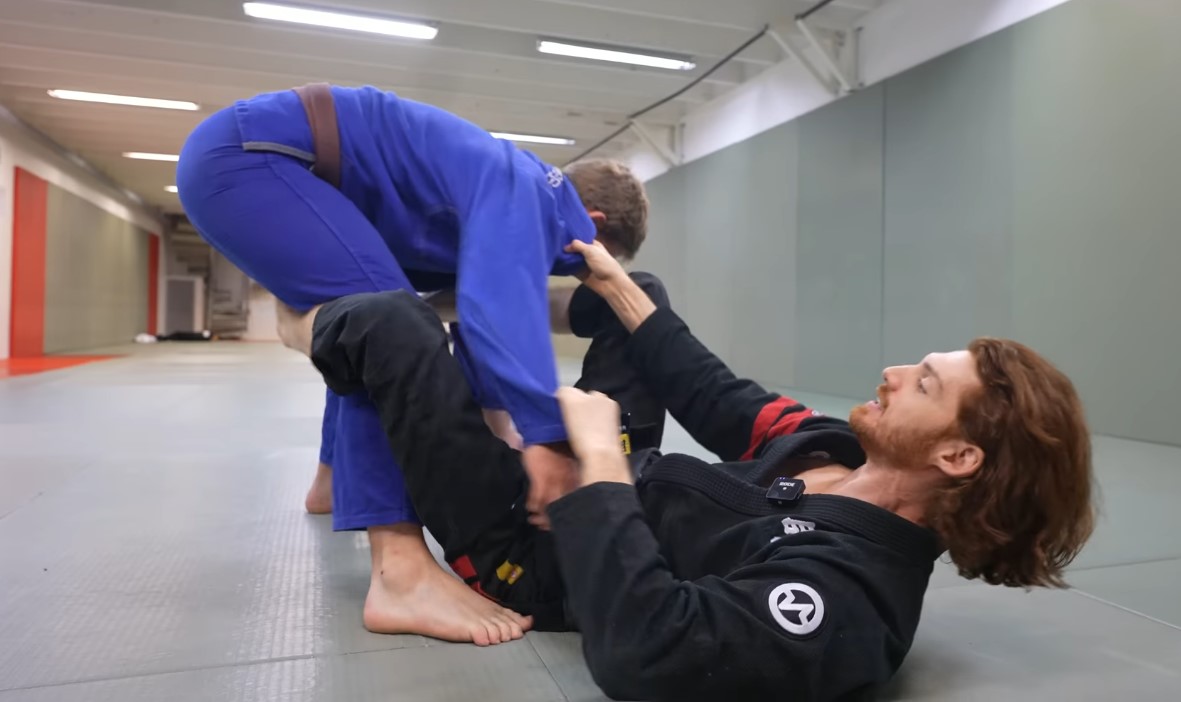
This guard changed my game completely. In De La Riva, you hook one leg around your opponent’s leg from the outside.
Your foot goes behind their thigh while your other leg controls their opposite arm or hip. It’s like having an anchor point that stops them from moving freely.
Basic Setup: Start with your opponent in your open guard. Take your right leg and hook it around their left leg from the outside. Your foot should end up behind their thigh.
Grab their sleeve with your left hand. Use your left leg to push on their hip or control their right arm.
Best Situations: Use De La Riva when your opponent tries to pass to your right side. It’s perfect for stopping knee cuts and pressure passes.
Who Should Use It: This guard works great for shorter players. If you’re flexible and like being active, you’ll love De La Riva. It works in both gi and no-gi, though grips are easier in the gi.
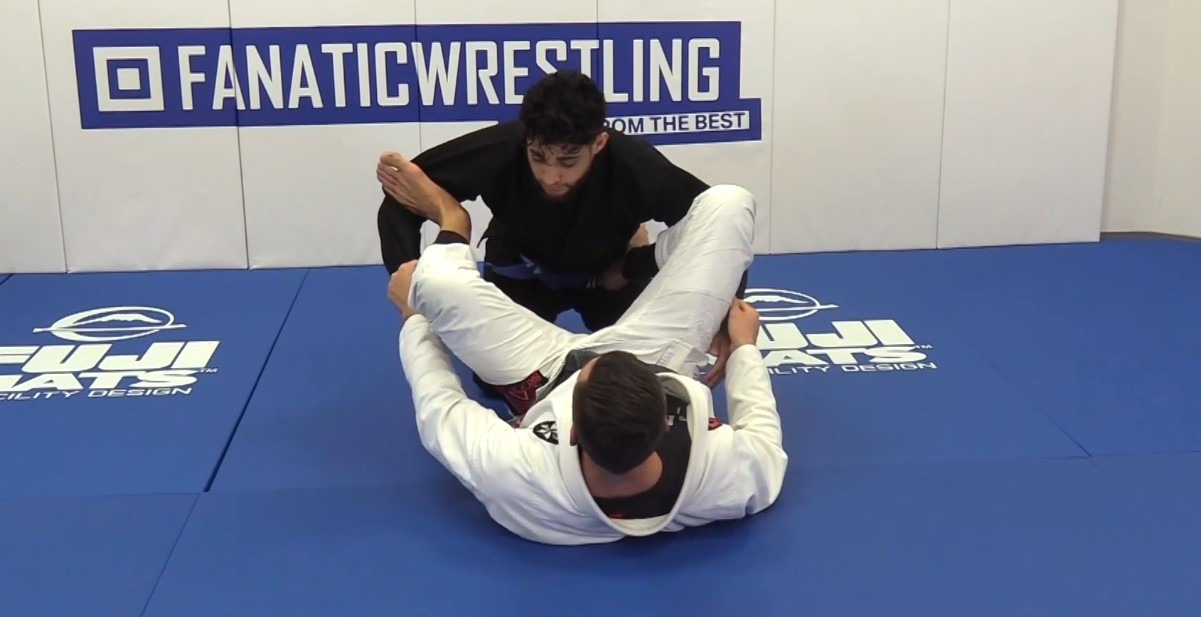
Spider guard is all about distance control. You grab both sleeves and place your feet on their biceps. Think of yourself as a spider controlling a fly in your web.
This guard keeps your opponent far away while you set up attacks. It’s one of my favorite guards because it gives you so much control.
Basic Setup: Grab both of your opponent’s sleeves. Place your feet on their biceps and straighten your legs. Keep your arms and legs working together.
Push with your feet while pulling with your hands. This creates tension that controls their posture.
Best Situations: Use spider guard when your opponent is trying to stand up or create distance. It’s perfect against people who like to pressure pass.
Who Should Use It: Tall, lanky players do amazing with spider guard. If you have long limbs and good flexibility, this guard is for you. It works best in the GI because of the sleeve grips.
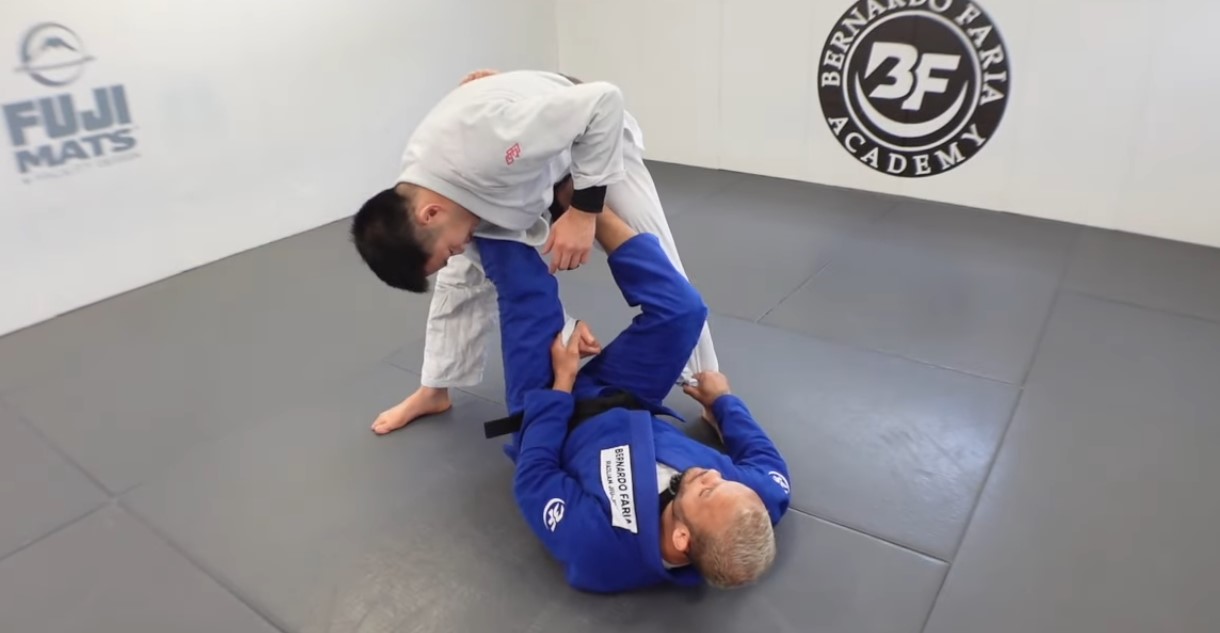
Lasso guard is like putting handcuffs on one of your opponent’s arms. You thread your leg under their arm and around their back.
This creates a strong control that’s hard to break. I use this when I want to control one side completely.
Basic Setup: Start in spider guard. Take one leg and thread it under your opponent’s arm. Wrap it around their back like a lasso.
Keep the other foot on their opposite bicep. Hold both sleeves tightly.
Best Situations: Use lasso when your opponent is trying to stack you or pressure forward. It stops them from using that trapped arm effectively.
Who Should Use It: Flexible players who like technical guards will enjoy lasso. It requires good shoulder and hip mobility. This is strictly a gi technique.
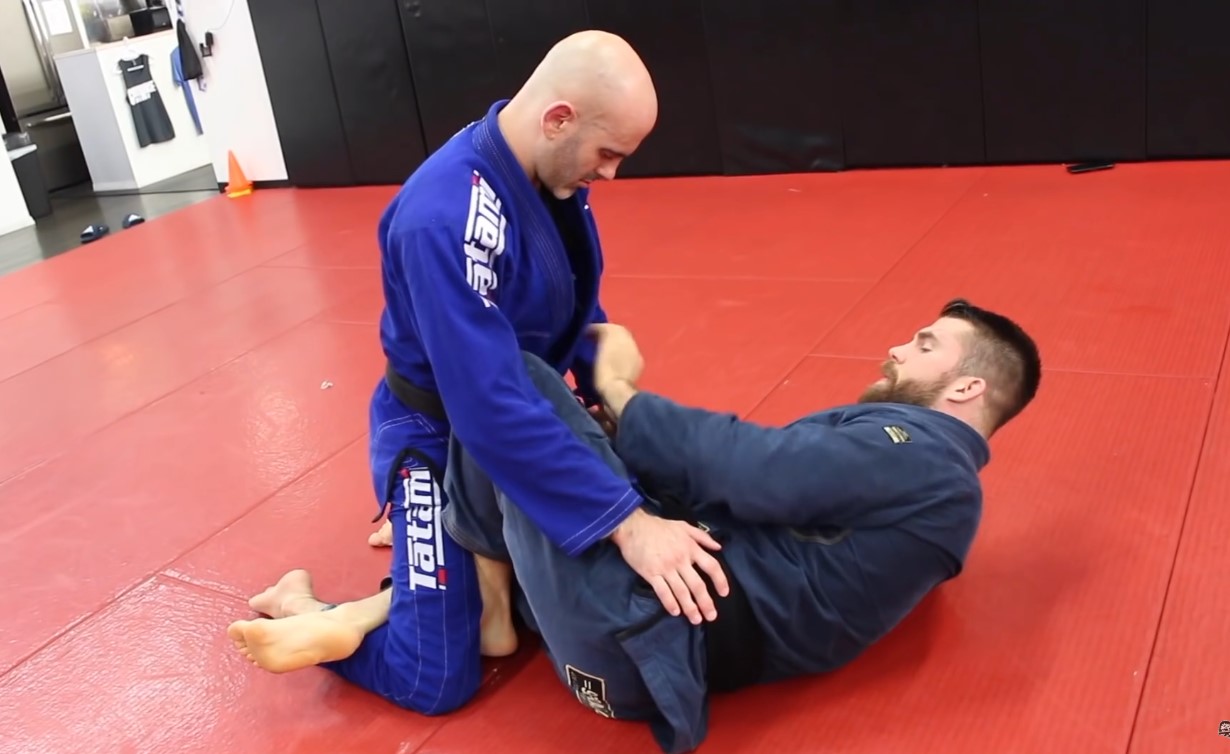
X-Guard is perfect for people who like to get under their opponent. You create an “X” shape with your legs around one of their legs.
This position gives you amazing control and sets up powerful sweeps. When I hit X-Guard, my opponent usually goes for a ride.
Basic Setup: Get underneath your opponent and hook one of their legs. Place one foot on their hip and the other behind their thigh.
Your legs should form an X shape around their leg. Control their arms to prevent them from posting.
Best Situations: Use X-Guard when your opponent is kneeling or standing in your guard. It’s great for off-balancing taller opponents.
Who Should Use It: Shorter, stockier players excel at X-Guard. If you like getting under people and have strong hips, this guard is perfect. It works well in both gi and no-gi.
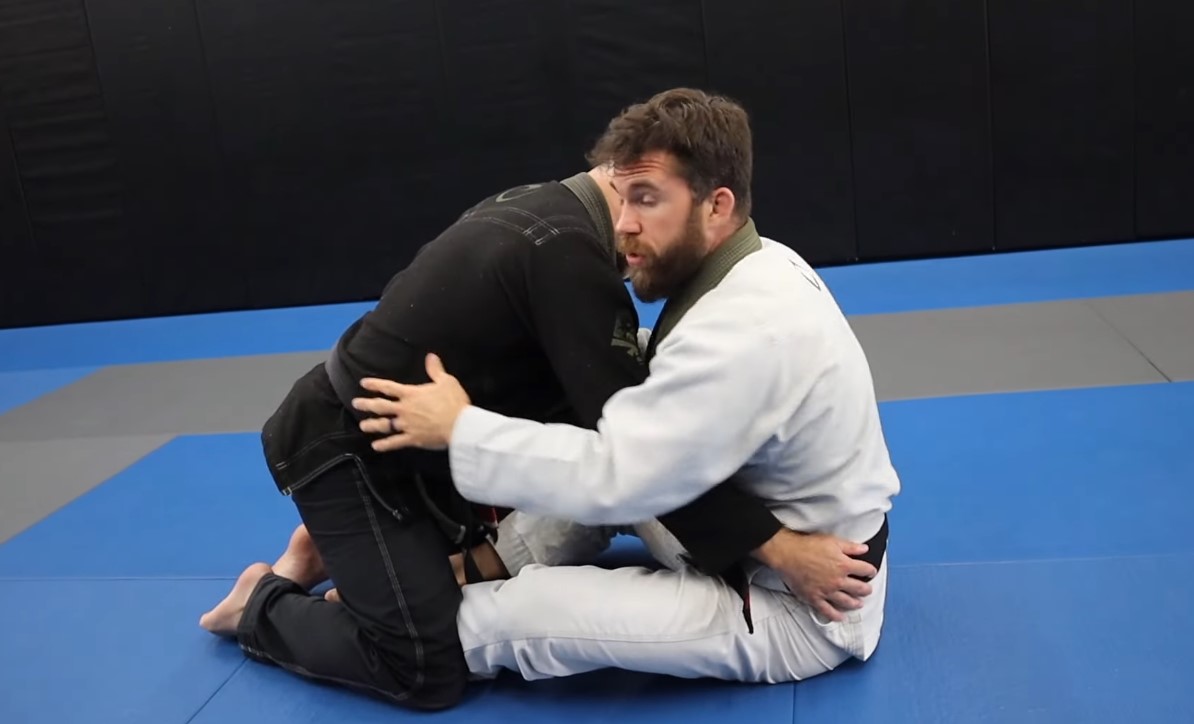
Butterfly guard is probably the most natural open guard. You sit up with both feet hooking under your opponent’s thighs.
It feels like sitting cross-legged, but with your feet working as hooks. This guard teaches you the basics of all open guard concepts.
Basic Setup: Sit up facing your opponent. Place both feet under their thighs with your knees wide. Keep your back straight and hands active.
Use your feet to lift and off-balance your opponent. Control their arms or collar with your hands.
Best Situations: Use butterfly guard when your opponent is sitting back or trying to stand. It’s excellent for technical players who like sweeps.
Who Should Use It: This guard works for everyone, regardless of size. It’s perfect for beginners learning open guard concepts. Works great in both gi and no-gi.
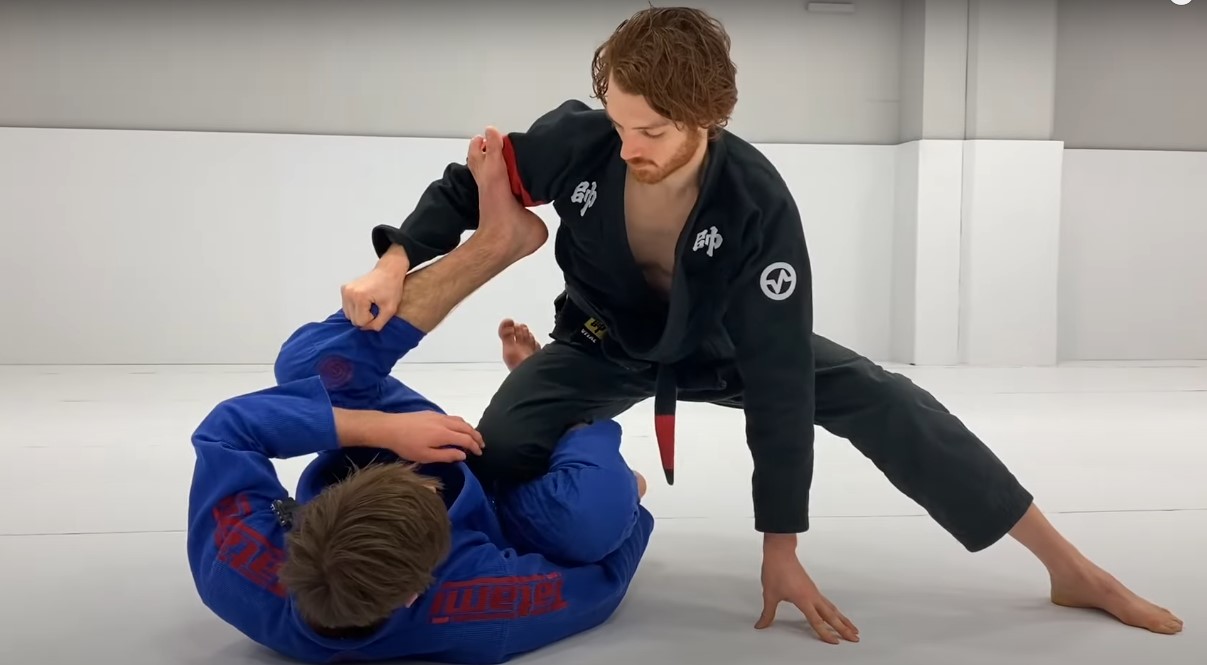
This is De La Riva’s sneaky cousin. Instead of hooking from the outside, you hook from the inside of your opponent’s leg.
It creates different angles and catches people off guard. I started using this more as I got better at reading my opponent’s movements.
Basic Setup: Hook your leg around your opponent’s leg from the inside. Your foot should go behind their thigh from the inner side.
Control their opposite sleeve and use your other leg for distance management.
Best Situations: Use Reverse De La Riva when your opponent is defending regular De La Riva well. It’s also great for attacking the far side.
Who Should Use It: Technical players who like having multiple options will love this guard. It requires good timing and understanding of angles. Works in both gi and no-gi.
Open guard isn’t just about the shape of your legs. It’s about control, timing, and movement. Let’s talk about the building blocks that make an open guard hard to pass and dangerous to ignore.
Good grips are your anchor. Whether you’re grabbing sleeves, collars, wrists, or ankles, your grips give you control and help steer your opponent. No grips = no guard.
I like to think of grips like steering wheels. Without one, you can’t drive. Simple as that.
Your feet, knees, and hips help you manage distance. If your opponent gets too close without frames or hooks in place, you’ll get flattened or passed.
Use your legs to keep them away. Use your hips to adjust. Always feel like you’re playing a game of “keep out”, because you are.
Don’t just lie there. Open guard means you need to move side to side, forward, back, even upside down if needed.
I’ve learned (the hard way) that stiffness gets punished. Flexibility and reaction win the day. Keep your weight off the mat, stay active, and be ready to shift at a moment’s notice.
Hooks are your feet wrapping around or under your opponent’s limbs. Frames are created with your arms or shins to keep space.
Think of hooks as tentacles, they trap and steer. Frames are your walls, they keep you safe. Learn both, use both, and you’ll stay in control.
Once you understand the positions and core concepts of open guard, it’s time to get to work with real techniques. These are the tools that help you sweep, submit, or transition when you’re playing guard.
Sweeps let you reverse the fight and land on top, from defense to offense in seconds. Here are five sweeps that are beginner-friendly and battle-tested.
When I started, I just wanted something that worked. The easiest sweeps are usually those that use your opponent’s momentum and basic grip control.
This is one of the most practical moves in all of BJJ, and it works great in street scenarios too.
Tip: Make sure your foot is planted under you, not too far out.
It’s not flashy, but it’s saved me more times than I can count.
This one’s a favorite for anyone using De La Riva or collar-and-ankle grips.
Bonus: Follow up with a technical stand-up to secure the top.
Usually taught from closed guard, but works from open guard too if you set it up right.
It’s clean, classic, and still effective, even at brown belt level.
This one’s a game-changer if you like sitting up and staying active.
Tip: Use your upper body to guide the direction, don’t just kick your leg.
Submissions from open guard? Oh yes. This is where the fun starts.
A crowd favorite, and for good reason.
I’ve won plenty of rounds with this one, because it punishes sloppy posture.
Another classic. You’ll see this setup a lot from spider guard or when someone posts an arm on your leg.
This move is smooth and sneaky, just like it should be.
This shoulder lock takes some getting used to, but once it clicks? You’ll start seeing it everywhere.
It looks fancy, but it’s just a modified triangle with a different finish.
If you’re in the gi, collar chokes from open guard give you a powerful finishing weapon.
It’s quick. It’s deadly. And best of all, it works.
Submission Tips:
Transitions are the bridge between techniques. These make your guard feel alive instead of robotic.
You’ll often go from spider to lasso, or De La Riva to X-guard, depending on what your opponent gives you.
This keeps your opponent guessing and stops them from settling into their passing game.
If your open guard breaks down, don’t panic, reset.
Always have an escape hatch ready. That’s how you stay in control.
Now let’s flip the script. What if you’re the person on top?
Passing open guard is tough. I’ve spent years trying to get better at it, and still do. But here are some solid rules:
Open guard isn’t just for show-offs or super flexible guys. It’s a real tool anyone can learn.
I used to think I had to play tight closed guard because I was short and strong. But once I added open guard to my game, I started winning more matches, even against bigger opponents.
So don’t be afraid to try it. Start with one type, say, De La Riva or butterfly. Drill it a few times a week. Then add another.
Soon enough, you’ll find your own style. And who knows, you might even surprise yourself by sweeping someone twice your size.